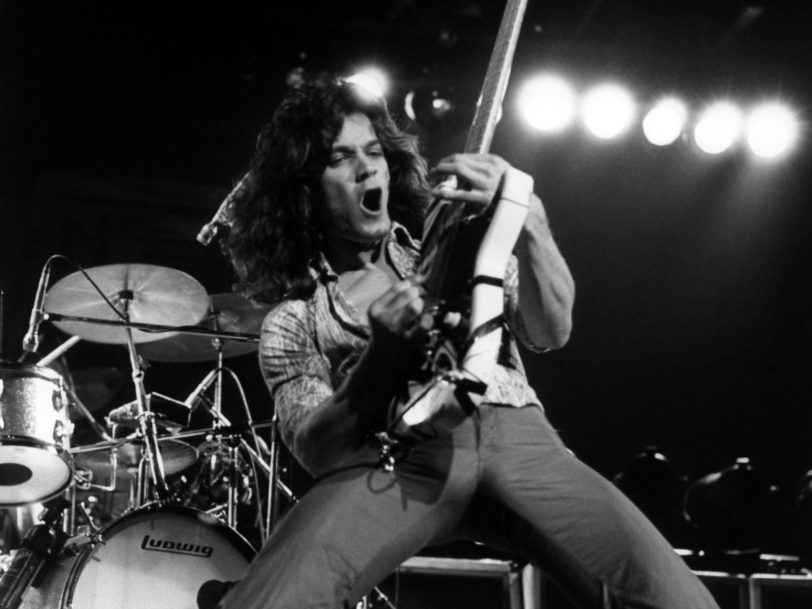When Eddie Van Halen died, on 7 October 2020, at just 65, we lost the world’s most influential living rock guitar player. The Van Halen guitarist’s legacy can barely be calculated: he took the biggest leap in style, tone and technique the world had seen since Jimi Hendrix. He also received unanimous accolades and plaudits from peers in every genre of music. And, like Hendrix, Van Halen expanded the whole language of rock guitar, forever changing what was perceived as possible. Taking what had gone before – and with fearless imagination and prodigious technique – Van Halen elevated rock guitar playing to previously unimagined levels. Concise and exceptionally musical, his playing never devolved into self-aggrandising fretboard noodling. As a lead guitarist, Eddie Van Halen always served and elevated the song.
Listen to the best of Van Halen here.
World-changing two-hand tapping
Van Halen was just 23 when, in 1978, he stunned guitarists the world over on his namesake band’s self-titled debut album. The record’s second track, the solo instrumental piece Eruption, was originally intended as a warm-up piece until producer Ted Templeton insisted it was recorded and placed on the album; in just over two minutes, the world was introduced to the guitarist’s signature two-hand tapping technique – a world-changing, era-defining one minute and 42 seconds for ever guitarist who heard it.




